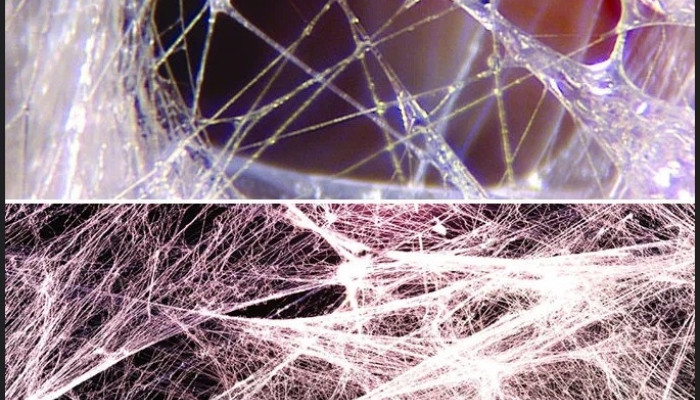When most people think about the body, they picture bones, muscles, maybe organs. But there’s something else—a lesser-known layer that connects it all like a silky internal spiderweb: fascia.
What Is Fascia?
Fascia is a network of connective tissue found throughout your body. It wraps around muscles, bones, nerves, and organs, creating a flexible, supportive matrix that holds everything in place. Imagine an orange: the segments inside are surrounded by a thin, white film—that’s what fascia does for your insides.
- It’s everywhere: From head to toe, fascia forms a continuous web.
- It’s dynamic: Fascia isn’t just passive—it responds to movement, stress, and hydration.
- It’s sensory: Rich in nerve endings, fascia is involved in how we feel pain or tension.
Why Is Fascia Important in Healing?
Many body aches, stiffness, and even emotional tension are linked to restrictions in fascia. Healthy fascia is hydrated, pliable, and unrestricted. But when it’s tight or dehydrated, it can feel like your body’s wearing a too-small wetsuit.
Here’s why fascia matters in healing:
- Pain relief: Releasing fascial tension can ease chronic pain.
- Mobility: Free fascia allows muscles and joints to move naturally.
- Emotional release: Fascia stores stress and trauma, so working with it can lead to deep emotional shifts.
- Healing connections: Because fascia links all parts of the body, treating one area can benefit another.
Healthy vs. Stiff Fascia
Healthy Fascia – smooth, hydrated, and elastic. It glides easily and supports fluid movement.
Stiff Fascia – dry, matted, and rigid. It restricts motion and may contribute to pain or tension.
How Healing Modalities Help Fascia
Many holistic practices work wonders for fascia—not just physically but energetically, too:
Yoga
Gentle stretching in yoga elongates fascia, improving hydration and elasticity. Yin yoga and restorative poses are especially effective at releasing deeper fascial layers.
Qigong
With fluid, mindful movements, qigong enhances energy flow (Qi) through the fascia. This movement nourishes tissue and relieves energetic blockages within the fascial network.
Sound Therapy
Vibrations from gongs, singing bowls, or tuning forks penetrate the body and stimulate fascia at a cellular level. The sound waves help soften and unwind tension in areas you didn’t even know were tight.
Reiki
Reiki channels healing energy through light touch or energetic intention. By calming the nervous system and reducing stress, it supports fascial relaxation and emotional release.
Awaken Your Inner Web of Healing
Your fascia is listening. Whether you’re gently moving through yoga, exploring energy in qigong, soaking in sound vibrations, or receiving Reiki, you’re nourishing a system that quietly shapes your physical and emotional well-being.
Ready to explore these practices?
Join us for sessions designed to support your fascia and restore your body’s natural balance. Whether you’re seeking release, renewal, or simply deeper connection with your inner landscape, there’s a modality that fits you.
Discover healing beyond the surface—book your journey today.











